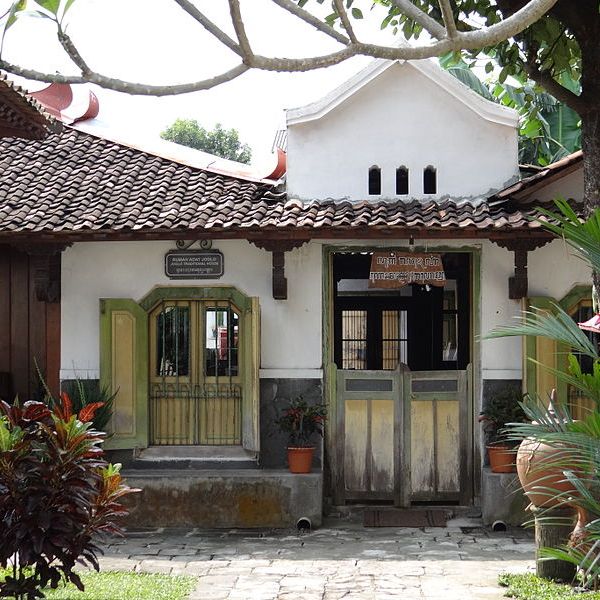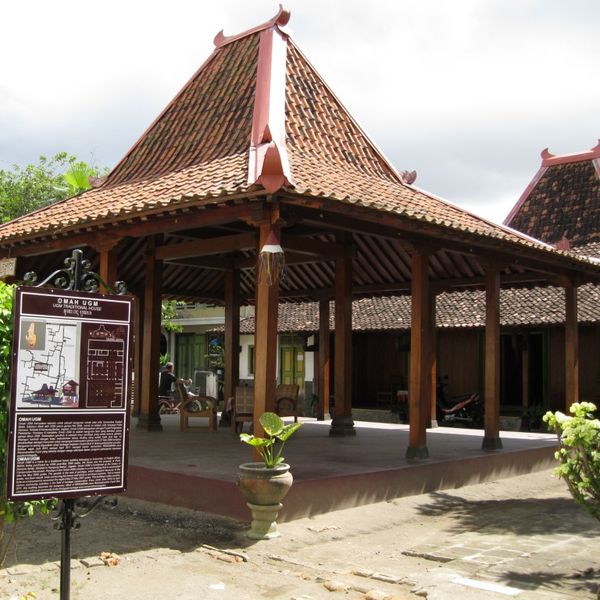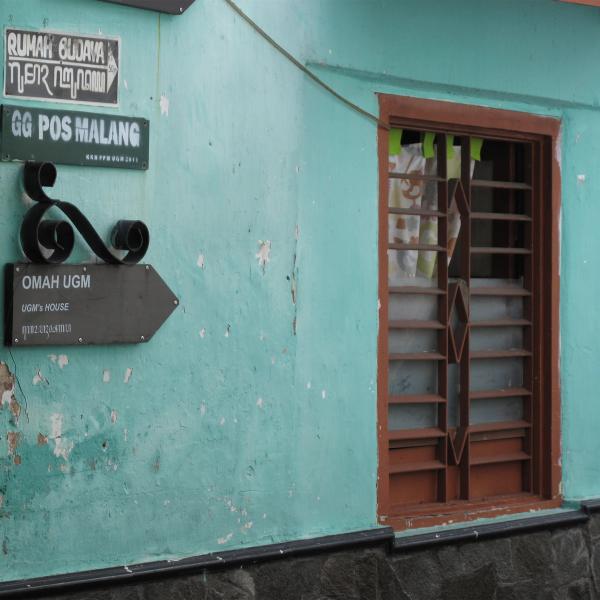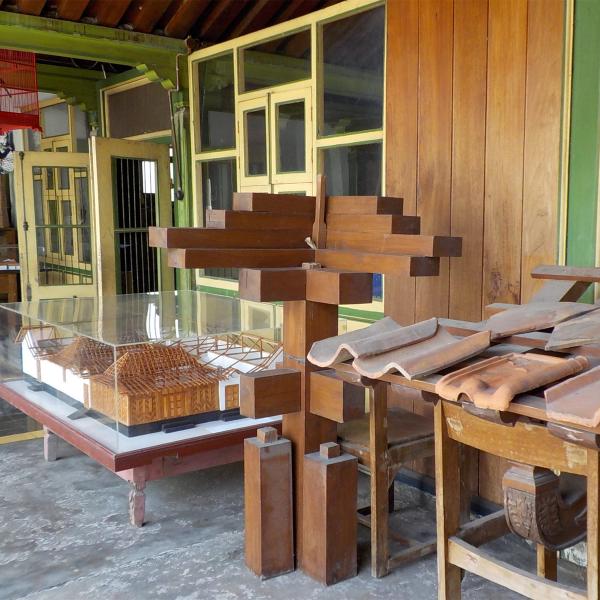
Heritage conservation and education in restored Joglo house





- Kampung Jagalan
- Open during special occasions only. Try your luck by knocking on the door or ask when a guard is around.
The big earthquake
On 27 May 2006, Yogyakarta was struck by a devastating earthquake. The quake hit hard in Kotagede, damaging and destroying houses and historical structures. After the quake the heritage community quickly jumped into action to save the historical value of the town. With help from local universities and international agencies, they set up a special Heritage Post here in Kotagede to assess damage, select priorities and help restore properties.
Rebuilding the past
After the earthquake this house was reduced to rubbles and the Parto Darsono family who lived here did not have the means to rebuild. Gajah Mada University (UGM) bought and painstakingly renovated the property. The house was renamed Omah UGM and is now used as a centre for heritage education and traditional building techniques.
In Javanese culture, it is the roof structure that tells you all about the social and economic status of the house owners.
Local materials
In typical Joglo style, all construction materials were sourced locally: stones for the foundation, wood for the structure and clay for the roof, not a single nail or peg was used. The result is a fully restored traditional joglo house, a blend of Javanese-Dutch architecture.
It’s all about the roof
Traditional joglo houses are famous for their iconic roof shape. In the highly hierarchical Javanese culture, it is the roof structure that tells you all about the social and economic status of the house owners, the joglo roof being the most noble of them all.
